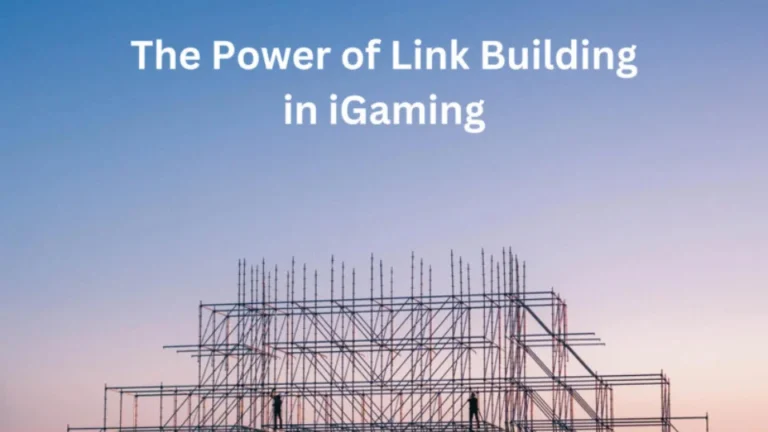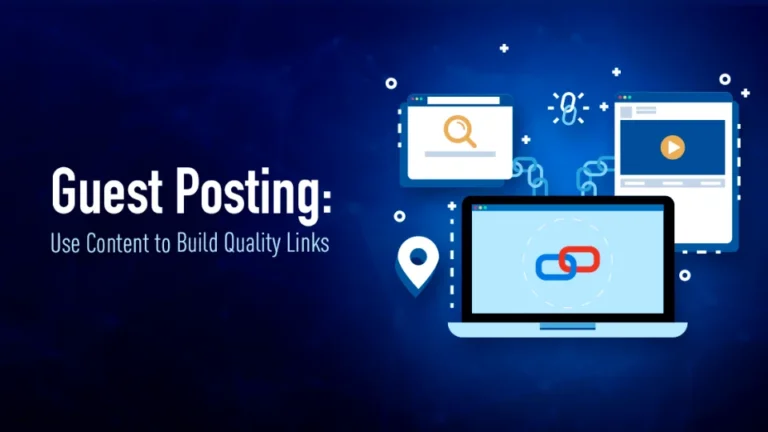How to Find and Monitor Backlinks in Google: The 2025 Step‑by‑Step Guide
Introduction
Backlinks are the currency of authority on the web. Whether you run a small blog or manage a global e‑commerce site, understanding who links to you—and why—can make or break your search visibility. In 2025, Google’s algorithms weigh link quality more heavily than sheer quantity. That puts a premium on finding and monitoring backlinks in Google the right way. This guide walks you through every essential step, from free Google tools to advanced tracking methods, so you can protect your rankings and uncover new growth opportunities.
Why Backlink Monitoring Matters

- Early‑warning system for negative SEO attacks
- Performance insights on outreach and content marketing campaigns
- Opportunity discovery to replicate high‑value links across other pages
- Penalty prevention by removing or disavowing toxic backlinks before a Google Review action
Ignoring your backlink profile is like flying blind; surprises rarely turn out well.
Overview of Google Tools for Backlink Analysis

| Google Tool | Primary Purpose | Key Metrics Shown | Cost |
|---|---|---|---|
| Search Console | Official backlink list and domain stats | Total external links, top linking sites, anchor text distribution | Free |
| Analytics (GA4) | Traffic impact of referring domains | Sessions, engaged sessions, conversion events | Free |
| PageSpeed Insights | Indirect effects of links on performance standing | Core Web Vitals, load times | Free |
Together, these tools give a 360‑degree view of who links to you, how visitors behave once they arrive, and whether technical issues undermine link equity.
Step 1: Setting Up Google Search Console Correctly

- Verify all property types—domain, HTTPS prefix, and any subdomains.
- Share access with your SEO or content team for collaboration.
- Choose country targeting if your content serves a specific region.
- Connect Search Console to GA4 to import link impression data.
Skipping these steps can create blind spots in your backlink data or slow down troubleshooting later.
Step 2: Locating Backlinks in Search Console
- In the left sidebar, click “Links.”
- Under “External links,” select “Top linking sites.”
- Click any domain to view the exact pages linking to your site.
- Export up to 100,000 rows as CSV for deeper analysis.
Reading the Data
- Total external links = individual backlinks (e.g., 10 links from the same article count as 10).
- Top linking sites = domains ordered by link count, not authority.
- Top linking text = anchor phrases; over‑optimized anchors may indicate spam.
Step 3: Evaluating Link Quality
Key Metrics to Assess
| Metric | Why It Matters | Ideal Range/Indicator |
|---|---|---|
| Domain rating or authority | Higher DR sites pass more trust signals | DR 40+ is solid; DR 60+ is strong |
| Relevance of content | Topical alignment boosts ranking impact | Same niche or closely related |
| Link placement | In‑content links outperform footers or sidebars | Mid‑article contextual links |
| Anchor diversity | Prevents algorithmic suspicion | 70 % branded or generic anchors |
Quick Checklist
- Does the referring page drive real traffic in GA4?
- Is the linking page indexed by Google?
- Are there spammy outbound links near yours?
- Is the link do‑follow, sponsored, or no‑follow?
A single high‑authority, relevant, do‑follow link can outweigh dozens of low‑quality mentions.
Step 4: Setting Up Alerts for New or Lost Links
While Search Console updates regularly, you can miss timely changes without alerts. Two main approaches exist:
- Built‑in Search Console notifications—turn on email alerts for “significant changes.”
- Third‑party link trackers—set thresholds (e.g., “Notify me if >25 links drop in 24 hours”).
Pro Tip: Pair Search Console exports with Google Sheets and Apps Script for a custom dashboard that flags new domains automatically.
Step 5: Monitoring Competitor Backlinks for Opportunity Gaps
To outpace rivals, analyze where they gain authority you lack.
- Compile competitor domains from SERP winners for your primary keywords.
- Use a backlink tool (Ahrefs, Majestic, Moz) to export their referring domains.
- VLOOKUP against your own domain list in a spreadsheet to spot gaps.
- Prioritize outreach to overlapping sites that already link to similar content.
This strategy leverages proven link sources, increasing response rates.
Comparison Table: Google Search Console vs. Third‑Party Tools
| Feature | Google Search Console (GSC) | Premium SEO Suite (e.g., Ahrefs) |
|---|---|---|
| Cost | Free | Monthly subscription |
| Data freshness | Direct from Google; updated every few days | Index crawled daily but not official |
| Link discovery speed | Slower (requires index pass) | Faster for newly crawled web pages |
| Historical data | Up to 16 months | Multi‑year archives |
| Competitive analysis | Limited | Robust (domain comparison, link intersect) |
| Toxicity scoring | Manual | Automated spam metrics |
Bottom line: GSC is the authoritative baseline, but pairing it with a premium crawler yields complete coverage.
Step 6: Handling Toxic or Unwanted Links
Common Sources of Harmful Links
- Private Blog Networks (PBNs) masquerading as niche blogs
- Auto‑generated comment spam on forums
- Expired domains repurposed for casino or pharma links
- Negative SEO blasts from competitors
Removal Workflow
- Attempt direct outreach to the webmaster for removal.
- Keep records of outreach attempts (screenshots, emails).
- Create a disavow file only if links are clearly unnatural and removal failed.
- Upload the file in Search Console’s disavow tool.
Note: Overuse of disavow can waste link equity; reserve it for proven spam.
Pros and Cons of Using Only Google Tools
| Pros | Cons |
|---|---|
| 100 % accurate reflection of what Google sees | Limited competitive insights |
| No added cost | Slower link discovery |
| Easy integration with GA4 | No automated toxicity scoring |
Balancing Google tools with at least one third‑party crawler provides both precision and speed.
Automating Backlink Reporting: A Simple Workflow
- Weekly Search Console export via the Search Analytics API.
- Process data in Google Sheets using REGEX formulas for anchor text grouping.
- Visualize trends with Looker Studio: new links, lost links, top anchors.
- Schedule email snapshots to stakeholders every Monday.
Automation ensures you catch link spikes or drops without manual effort.
Advanced Techniques for 2025
Link Velocity Benchmarking
Google’s Link Spam Update 2025 uses machine learning to detect unnatural growth patterns. Measure your link velocity (new links per month) against competitors. Sudden jumps without content launches raise red flags.
Entity‑Based Link Alignment
With Google’s shift to entity understanding, links from pages mentioning the same entity IDs (companies, products, concepts) carry more weight. Use structured data to reinforce entity alignment on both sides of the link.
Predictive Disavow Suggestions
AI‑powered SEO platforms can now predict which new links are likely toxic within 30 days based on historical patterns. Integrating these predictions into your workflow prevents damage before it happens.
Frequently Asked Questions (FAQ)
Q1. How often should I check my backlinks?
Monthly reviews suffice for most sites, but high‑visibility brands should monitor weekly.
Q2. Will removing bad links improve rankings instantly?
Rank recovery can take weeks to months, depending on crawl frequency and the severity of prior penalties.
Q3. Do no‑follow links matter?
Yes. They drive referral traffic and brand signals, and Google may treat some no‑follow links as hints for ranking.
Q4. What anchor text ratio is safest?
Aim for at least 70 % branded or URL anchors, 20 % partial matches, and under 10 % exact matches.
Q5. Can internal links replace backlinks?
Internal links improve crawl efficiency and distribute PageRank internally but cannot substitute for external authority signals.
Conclusion
Mastering how to find and monitor backlinks in Google is non‑negotiable for sustainable SEO success. Start by leveraging Google Search Console for authoritative data, enrich insights with a premium crawler, and automate alerts to stay proactive. Regular analysis helps you replicate winning link sources, neutralize toxic backlinks, and maintain a natural link velocity that passes algorithm scrutiny.
Take action today: Export your latest Search Console link report, tag each referring domain by quality tier, and draft a simple outreach plan to strengthen or replace weak spots. Your site’s future authority depends on the backlinks you earn and safeguard—make every link count.







